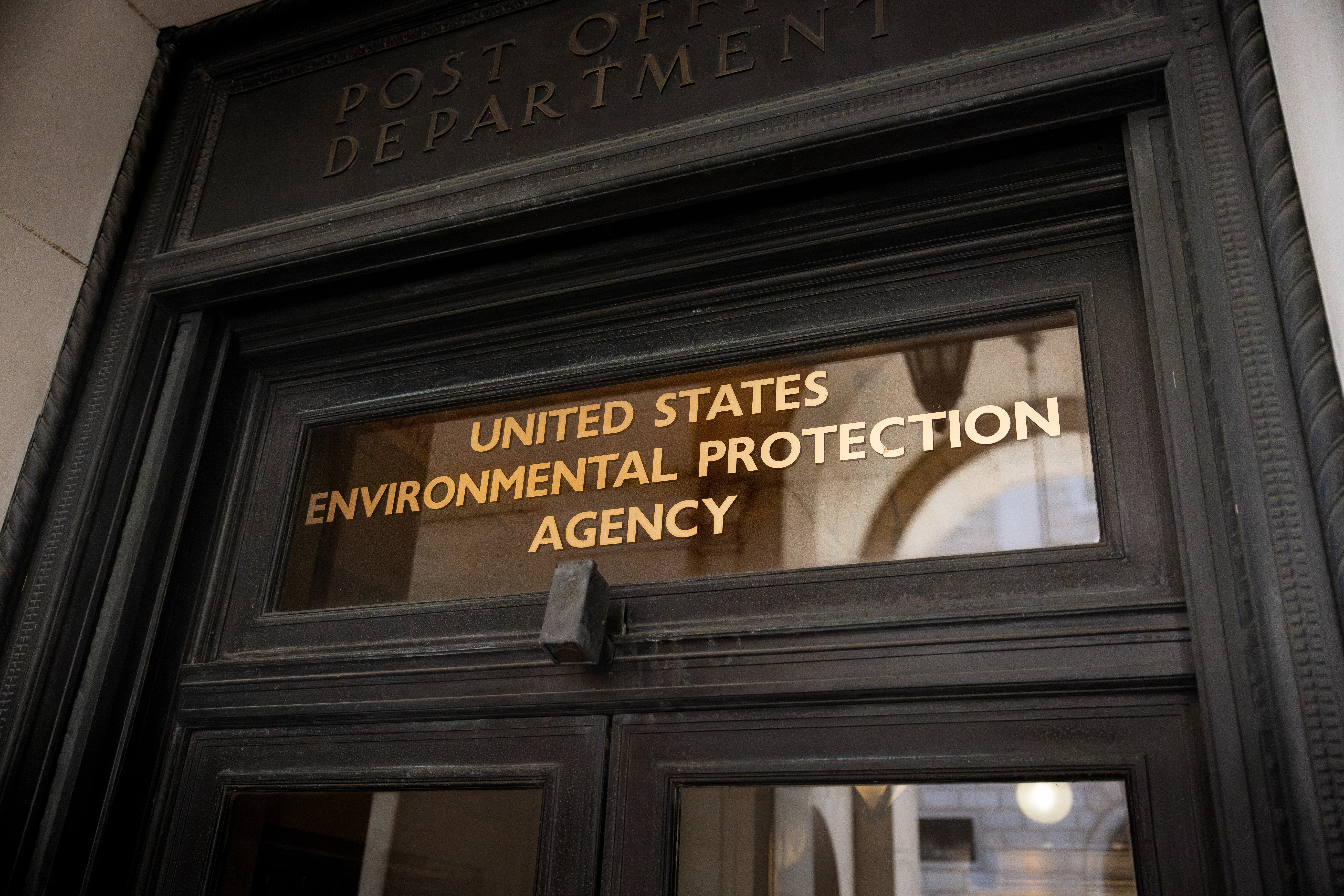
EarthTalk - What is the ‘Internet of Animals’ project?
© iStock
Dear EarthTalk:
What is the so-called “Internet of Animals” project all about and how does it aim to help the conservation cause?
Beatrice U., Rampa, ID
In the early 2000s, animal behavior specialist Martin Wikelski was reflecting on the value of monitoring wildlife, which had already been the bulk of his work for decades. Be it through putting GPS chips on birds to understand their migration patterns, or placing radio collars on coyotes to follow their movements through urban areas, it was undeniable that using technology to monitor the movements and physiology of wildlife species was the best way to learn more about their behaviors and habitats.
However, Wikelski knew from experience that monitoring animals had limitations. Only the largest mammals and birds could be monitored due to the large size of GPS technology, and the energy needed to complete monitoring projects was monumental. In an effort to make monitoring more viable on larger scales, Wikelski came up with the idea for an “Internet of Animals”: A satellite system that would continuously receive monitoring data from GPS chips placed on animals around the world.

© NicoElNino - iStock-1059548518
Wikelski soon founded the International Cooperation for Animal Research Using Space (ICARUS) program to bolster his efforts in monitoring smaller creatures. The idea was to develop a chip that was small enough to be placed on more than half of the mammalian species living on Earth, around 40 percent of all birds, and hundreds of reptilian species. These chips would collect temperature, location and accelerometer data and promptly send the data up to a network of low orbit satellites in Earth’s atmosphere called “CubeSats,” which would in turn send the signals to “Movebank,” an online public database. (Accelerometers are used to measure sedentary time, physical activity, physical activity energy expenditure, and sleep-related behaviors.) After decades of development and design, the technology has now been testing the project on smaller scales for more than half a decade.
If ICARUS succeeds in launching a sustainable, broad-scale version of the “internet of animals,” the benefits the project would bring to environmental research are nearly infinite. For starters, getting more consistent insight into animals’ behaviors and biology could help scientists understand the main threats to wildlife and their habitats to better conserve them.
Additionally, information on meteorology and climate could be provided by creatures that are especially sensitive to inclement weather and temperature changes; for example, elephant seals already provide more than 80 percent of our sea surface temperature data. And that’s to say nothing of the potential discoveries that could be made in biology and zoology to further inform our understanding of the climate crisis and conservation.
There are still many challenges that must be overcome before the internet of animals goes online. The GPS chips need to be reliable enough to give accurate data for months or years without malfunctioning, or else the project will not be physically or financially sustainable. That’s a lot of pressure to put on a device the size of a nickel. However, with the project already in testing, and financial backing being provided by NASA and several national governments, it may not be long before Wikelski’s dream becomes a reality.
CONTACTS
- ICARUS: Global Monitoring with Animals, https://www.icarus.mpg.de/en.
EarthTalk® is produced by Roddy Scheer & Doug Moss for the 501(c)3 nonprofit EarthTalk. See more athttps://emagazine.com. To donate, visit https://earthtalk.org. Send questions to: question@earthtalk.org.
















